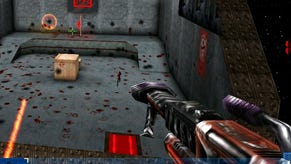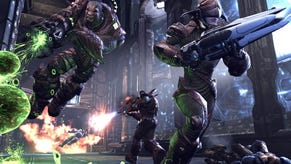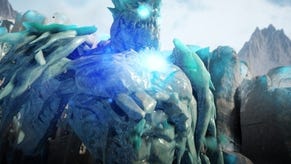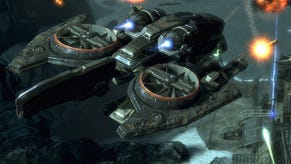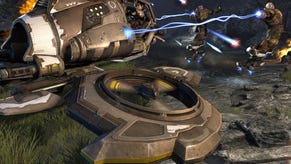Creating Unreality
Epic's Chris Wells on the art of Unreal Tournament 3.
What do you do for a living? Butcher, baker, candle-stick maker? Some write words, some read laws, some sell goods, some build roads, some drive lorries...
Chris Wells creates warriors.
His business card doesn't put it quite like that. It just says "Artist", and that's true, too - but Chris Wells' role in the broad field of Art is very specific. He crafts muscle and metal into aggression and strength. He creates warriors.
Presently, Wells is creating warriors for Unreal Tournament 3, Epic Games' upcoming high octane shooter - which is already being positioned as a showcase for the capabilities of the Unreal Engine on the PS3.
His task is to take the sketches and paintings turned out by the studio's concept artists, and turn them into in-game 3D models - characters that can run, jump, and of course, be blown up into chunky kibbly bits.
"The concept is sort-of a guide," he explained to Eurogamer when we met him at the Develop conference in Brighton last month. "It's meant to inspire you to take the model further, or to go in a direction and really elaborate on certain things that really stand out to you in that concept."
"It's not to be taken verbatim, and that's where the creativity comes in. It's pretty fun. What happens normally is that when you go from concept to final model, you'll see elements of what was in the concept - just an elaboration, or a slight change, on the final product."
The Lines All Go Up
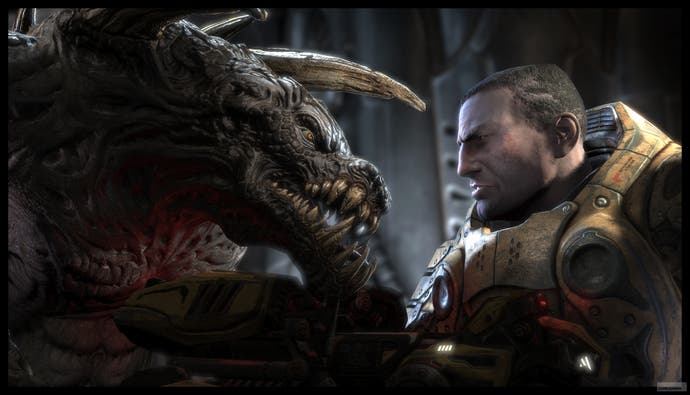
We're chatting with Wells about the challenges that he and other game artists are currently surmounting as the next-gen platforms become established - challenges which, we learn, are changing the way artists work on videogames in very fundamental ways.
While the step up to next generation hardware has changed how everyone in the game development industry works to some extent, nowhere has that change been more evident than in the role of artists. On a very basic level, the scale of the difference can be understood in simple figures.
"Previous to joining Epic, I was working on PlayStation 2 games," Wells tells us. "To create a character would be around about six days, modelling characters of around 1500 to 2000 polygons, unwrapping it and skinning it."
And now? "Well, ideally, what we try to go for is two to three weeks for modelling the high poly, about a week for processing, and about one to two weeks for materials creation. Sometimes, depending on if it's a hero character, that can take about forty-five days including the concept part of it - because of the density of the meshes that we work with."
"To get the detail that we need, our characters are upwards of 30 million polygons."

From six days to six weeks; from 2000 polygons to 30 million polygons. "It's a big difference," grins Wells, possibly winning our award for best understatement of the week - and even then, the basic figures only scratch the surface of the change that has occurred in game art in the last few years.
After all, the polygons themselves tell only one part of the story. With that higher detail comes the need for vast levels of additional processing - and, of course, for much more detailed texturing and lighting.
"With materials creation, our working file size for the bitmap is 2048 by 2048, and there tend to be about 14 of those maps per character, all told," says Wells. It's a far cry from the last generation, when many game characters simply had one low-resolution texture to cover the entire model. "That includes diffuse, specular, normal - all sorts of different maps to achieve the realistic effects of skin, metal and so on and so forth. It takes a lot of time."


